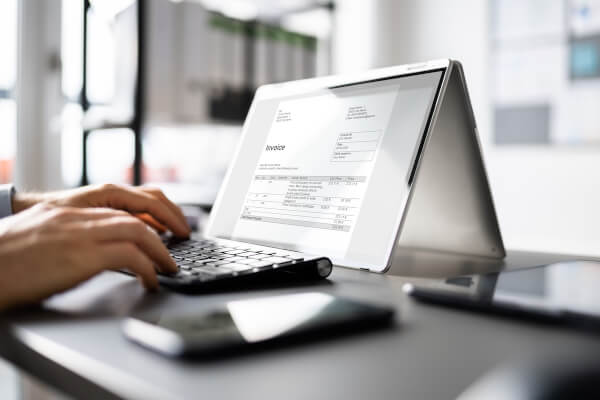B2B Cross-Border Payment Solutions Guide: Methods, Challenges, & More
Paying overseas vendors is common, but the hidden costs of B2B cross-border payments aren’t. Learn how to simplify international business payments today.

Connecting an account to the bank feeds in QuickBooks has several advantages. QuickBooks can automatically download and categorize transactions, saving time and improving accuracy. Later, reconciliation is also much faster for a connected account.
Account connection is simple. Many bank accounts and credit cards can be added – including the Wise Business account. There is a straightforward manual option too for unsupported accounts.
Looking for an international account that can connect with QuickBooks? Open a Wise Business account. Automatically sync your bills with QuickBooks to save time, while you save money.
| This piece has been written in collaboration with Esther Friedberg Karp, an esteemed bookkeeper and Advanced QuickBooks ProAdvisor. |
|---|
Connecting an account to the bank feeds in QuickBooks is straightforward. Doing so makes financial management much easier.
You can connect as many accounts as you need to. These can be business or personal accounts.
Most bank and credit card accounts can be added automatically. To do this, follow these steps:
To add a new bank or credit card account:
|
|---|
QuickBooks will then connect to the account, download recent transactions, and categorize them.
QuickBooks bank feeds can connect to many accounts automatically.
If your bank or credit card account is not one of them, you can still add transactions via the bank feeds manually. You can also use this method to add older transactions for an online account.
When adding transactions, it is important to be aware of the dates. Before adding new transactions, verify the date of the oldest transaction shown for the account. This will avoid duplicate transactions.
To verify the date of the oldest transaction:
To add transactions, follow these steps:
|
|---|
For more details on CSV files, see the detailed instructions from QuickBooks.
Note also that there is a limit on how many accounts you can connect. This is based on your QuickBooks plan.
If you see a message stating that you have reached the limit, you can inactivate accounts you no longer use.
QuickBooks Online and Wise Business can easily be connected and synced. Transactions are then automatically synced between the two.
Once accounts are connected, all bills created in QuickBooks Online will sync with Wise. Bills paid in Wise are matched to the original bill in QuickBooks. Everything is categorized into accounts, or if no bill is found in QuickBooks, the payment will be added as an expense.
This is a great time-saving feature that will speed up bill management and payment. It will also lessen the amount of manual reconciliation.
What’s more, all international bills paid with Wise will use the real mid-market rate. You can even save up to 19x compared to PayPal!
 |
|
All sources checked 24 June, 2022.
*Please see terms of use and product availability for your region or visit Wise fees and pricing for the most up to date pricing and fee information.
This publication is provided for general information purposes and does not constitute legal, tax or other professional advice from Wise Payments Limited or its subsidiaries and its affiliates, and it is not intended as a substitute for obtaining advice from a financial advisor or any other professional.
We make no representations, warranties or guarantees, whether expressed or implied, that the content in the publication is accurate, complete or up to date.

Paying overseas vendors is common, but the hidden costs of B2B cross-border payments aren’t. Learn how to simplify international business payments today.

B2B payment processing doesn’t have to be hard. Learn how growing businesses can simplify cross-border transactions, streamline invoicing and get paid faster.

Discover strategies to enhance B2B payment security, reduce fraud risk, and protect cash flow using secure digital payment methods and automated workflows.

B2B payment automation helps small businesses save time and reduce costs. Read about how automation replaces manual tasks and boosts accuracy and cash flow.

Ace your next interview with these top controller questions, sample answers and expert tips focused on financial operations and leadership skills.

Discover how to build a global recruitment strategy. Learn how to attract, hire, and retain international talent.